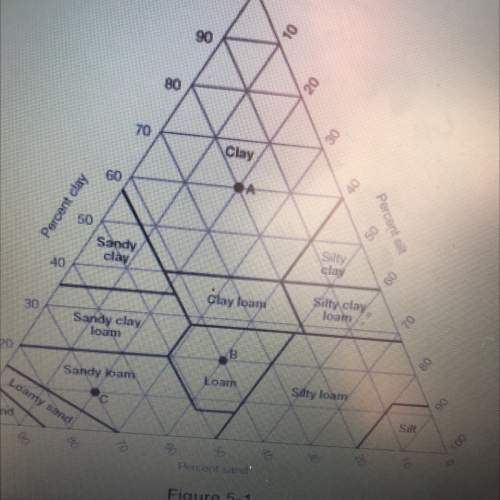
Lupe grows pea plants in her garden. the pea plants have flowers that can be either purple or white, with purple color being dominant to white color. the peas produced by lupe's pea plants can also be either round or wrinkled, with round peas being dominant to wrinkled peas. lupe crosses two pea plants that are heterozygous for both traits. if a gamete from this cross receives a dominant allele for flower color, how does this influence the probability of the gamete receiving a dominant allele for pea shape? (assume that the genes for flower color and pea shape follow the law of independent assortment.) a. it causes the gamete to be unable to receive a dominant allele for pea shape. b. it decreases the probability that the gamete will receive a dominant allele for pea shape. c. it has no effect on the probability of the gamete receiving a dominant allele for pea shape. d. it increases the probability that the gamete will receive a dominant allele for pea shape.

Answers: 1


Another question on Biology

Biology, 21.06.2019 18:40
Study the diagram of a desert food chain . what would most likely happen if the kangaroo rats were killed off and removed from the food chain ?
Answers: 1

Biology, 22.06.2019 07:30
Gregor mendel is best known for his work with pea plants and for uncover many of the mysteries of genetics. one of his major findings stated that there were specific, physical units of inheritance that are transmitted during reproduction. what is the the name given to these units of inheritance which can be found on chromosomes? a) centromeres b) cytoplasm c) genes d) nucleotides
Answers: 1

Biology, 22.06.2019 09:30
You have just sequenced a new protein found in mice and observe that sulfur-containing cysteine residues occur at regular intervals. what is the significance of this finding? it will be important to include cysteine in the diet of the mice. cysteine residues are required for the formation of α helices and β pleated sheets. cysteine residues are involved in disulfide bridges that form tertiary structure. cysteine causes bends, or angles, to occur in the tertiary structure of proteins.
Answers: 1

Biology, 22.06.2019 10:30
Ras is a g-protein that is activated when a growth factor attaches to egfr. its activation results in the replacement of a gdp molecule with a gtp molecule, thus allowing a signal transduction pathway to be activated. considering the signal pathway illustrated on this page, what is one potential outcome of a mutation in the ras gene that leads to ras protein hyperactivity. be specific.
Answers: 3
You know the right answer?
Lupe grows pea plants in her garden. the pea plants have flowers that can be either purple or white,...
Questions



Mathematics, 04.12.2021 04:10



Mathematics, 04.12.2021 04:10


Mathematics, 04.12.2021 04:10







Mathematics, 04.12.2021 04:10

History, 04.12.2021 04:10



Mathematics, 04.12.2021 04:10




